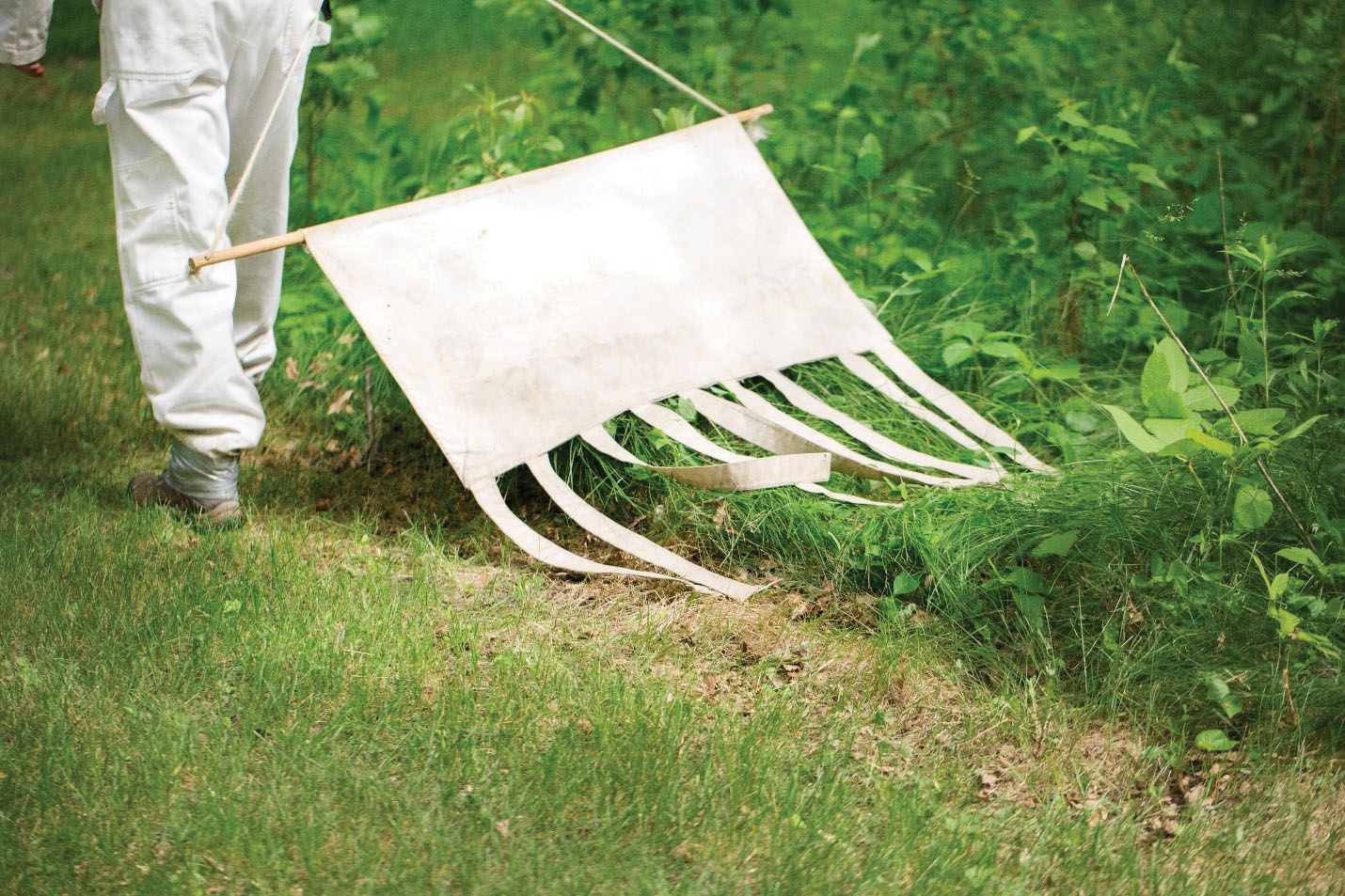Contact Info
Tick Monitoring
Have you found a suspicious-looking tick?
Fill out a Submission Form for Tick Identification (PDF) and mail it into our tick experts. We will identify the tick and let you know what it is. By doing so, you will also help us monitor tick species that may be affecting people and animals in Minnesota.
Learn more about Minnesota ticks:
In Minnesota, there are about a dozen different types of ticks but only a few species that people may come across:
- American dog tick (aka wood tick) – commonly found throughout all counties of the state in wooded or grassy areas.
- Blacklegged tick (aka deer tick) – becoming more common in Minnesota and may be found in most wooded areas. View this map to see the Current Distribution of Blacklegged Tick Populations by County in Minnesota (PDF).
- Lone star tick – rarely found in wooded or grassy areas in Minnesota. Single tick reports have occurred throughout the state. View this map to see the distribution of Lone Star Tick Reports by County in Minnesota (PDF).
To learn more about the ticks you may come across in Minnesota, visit our Ticks page.
Learn what to do after a bite! Check out CDC's Tick Bite Bot.
- The Tick Bite Bot is an interactive tool that gives information on removing ticks and determining when to seek health care, if appropriate, after a tick bite.
- The online mobile-friendly tool asks a series of questions covering topics such as tick attachment time and symptoms.
Learn about MDH's tick collection program:
Staff from the Vectorborne Disease Unit regularly hunt for ticks at various sites throughout the state in a process called "tick dragging." Using a white canvas cloth, ticks are collected and identified to species under a microscope. Scientists can then use this information to understand when and where ticks are active in Minnesota, how many ticks are infected with a disease agent, and explore other research questions as well.
